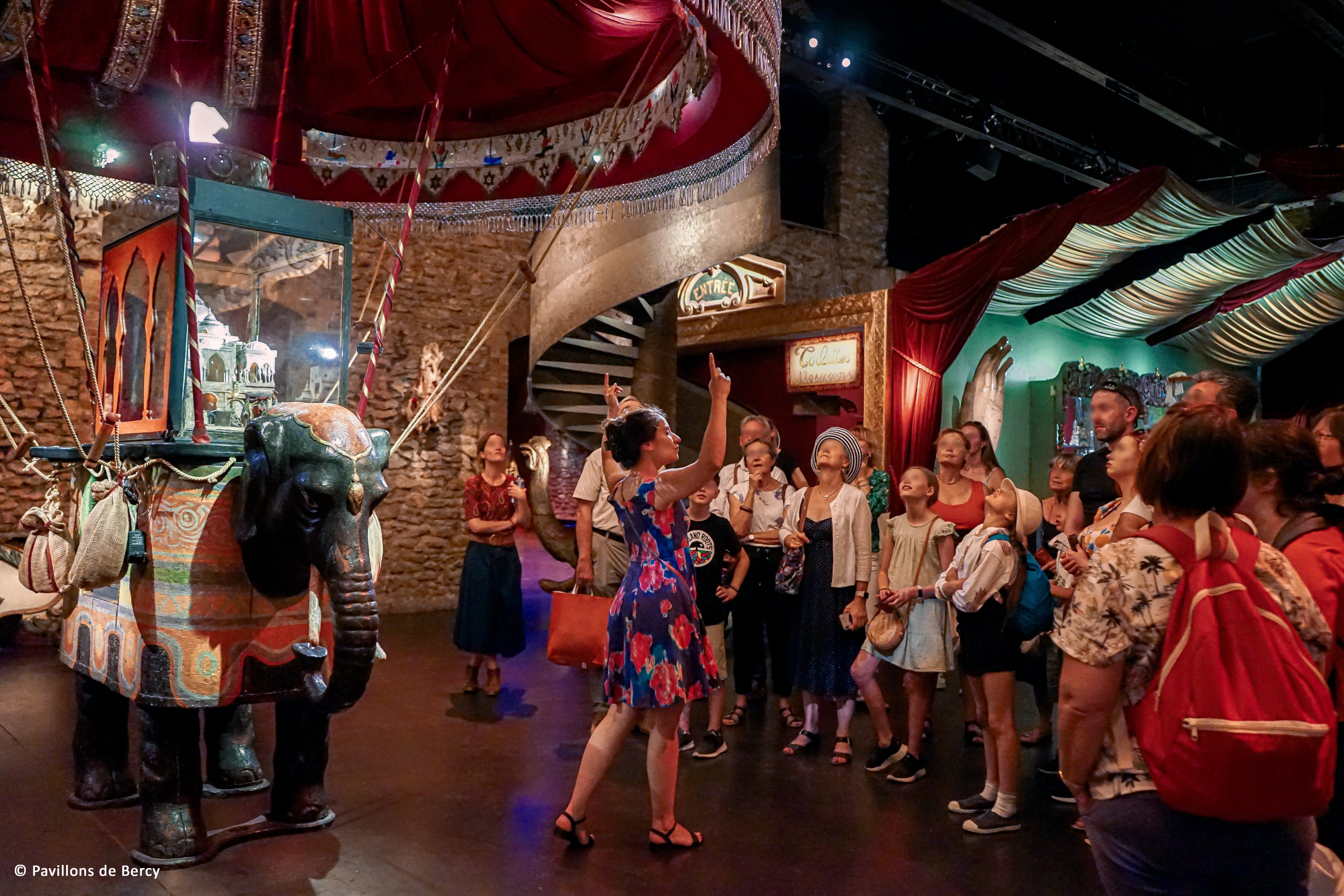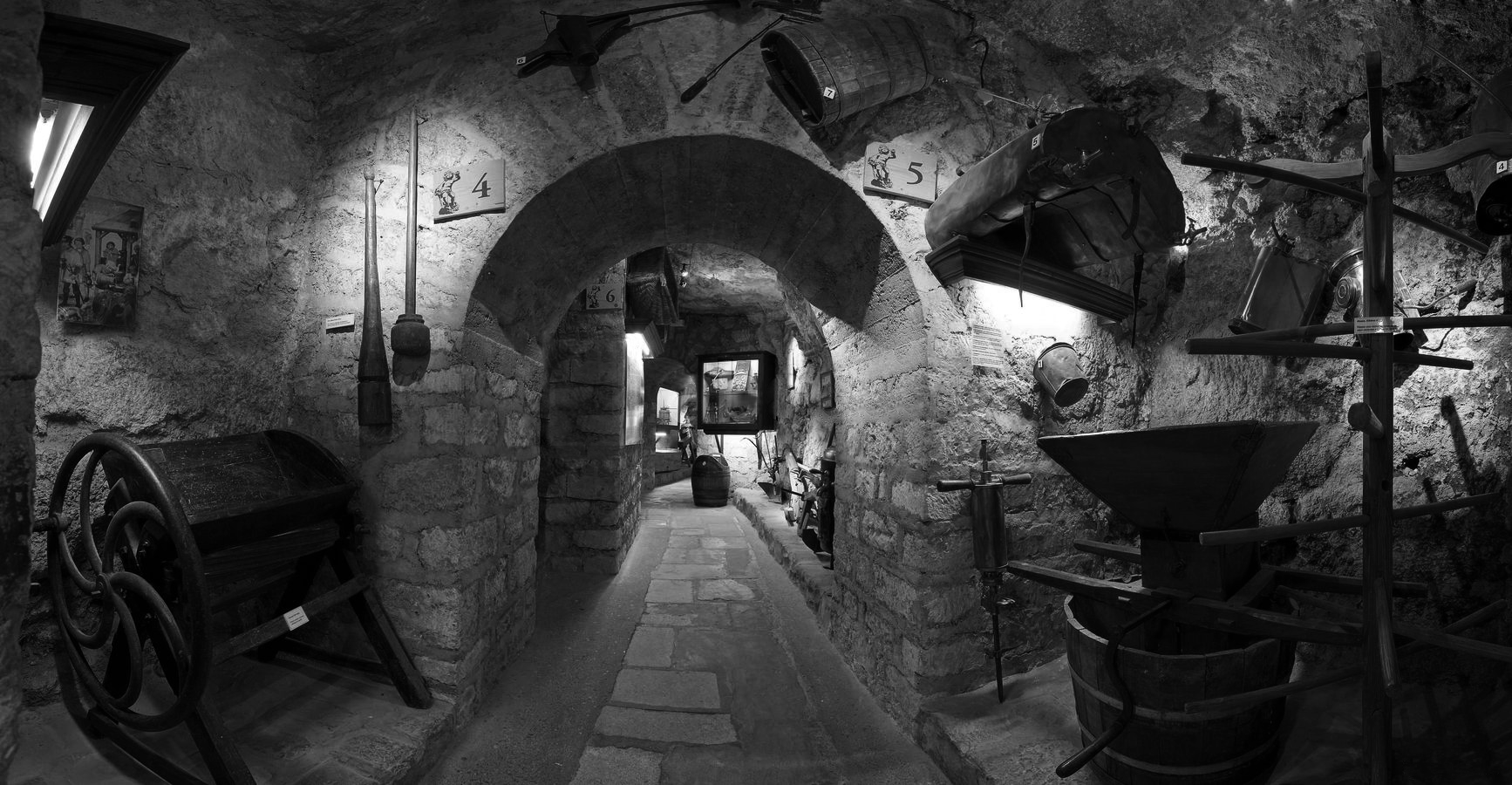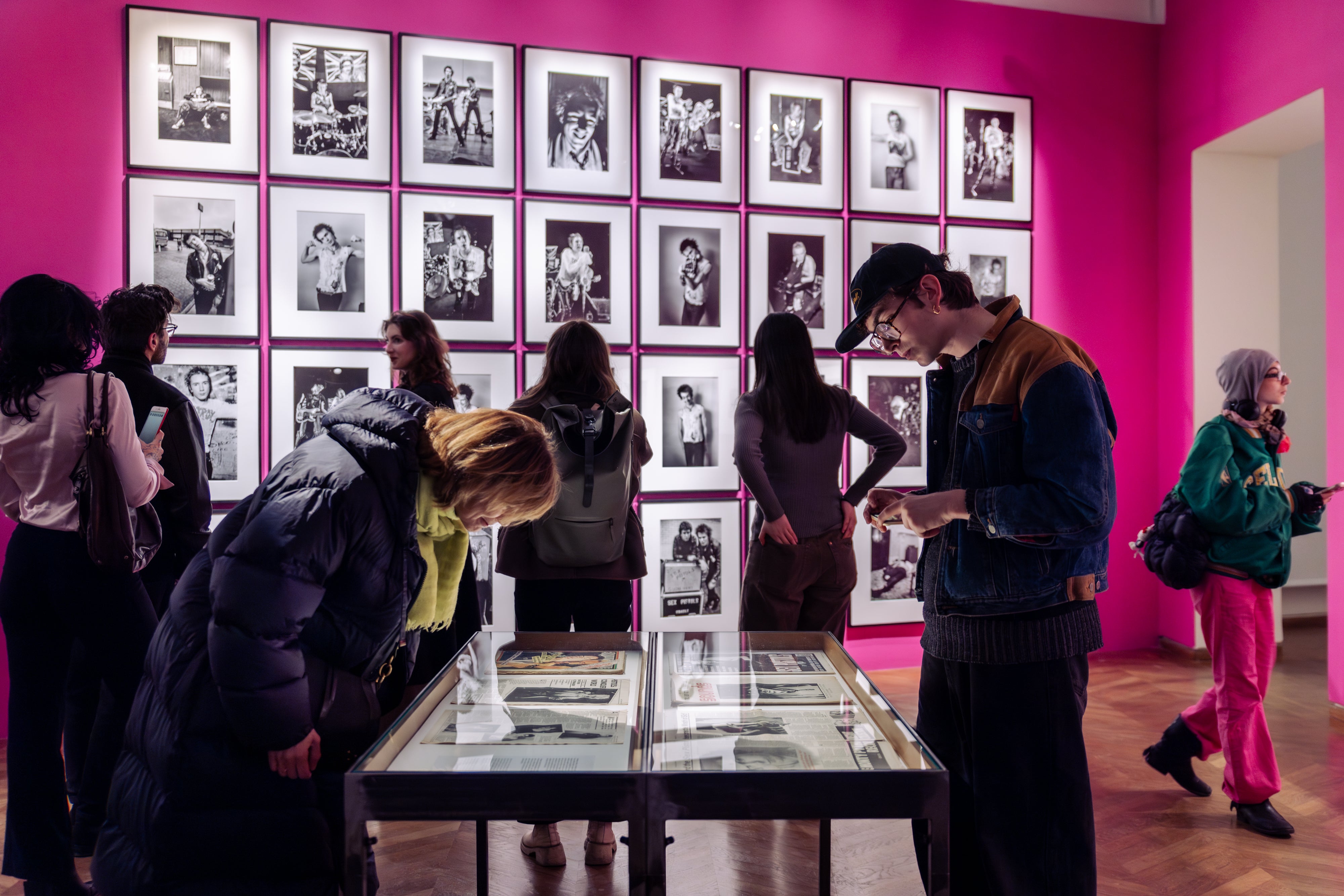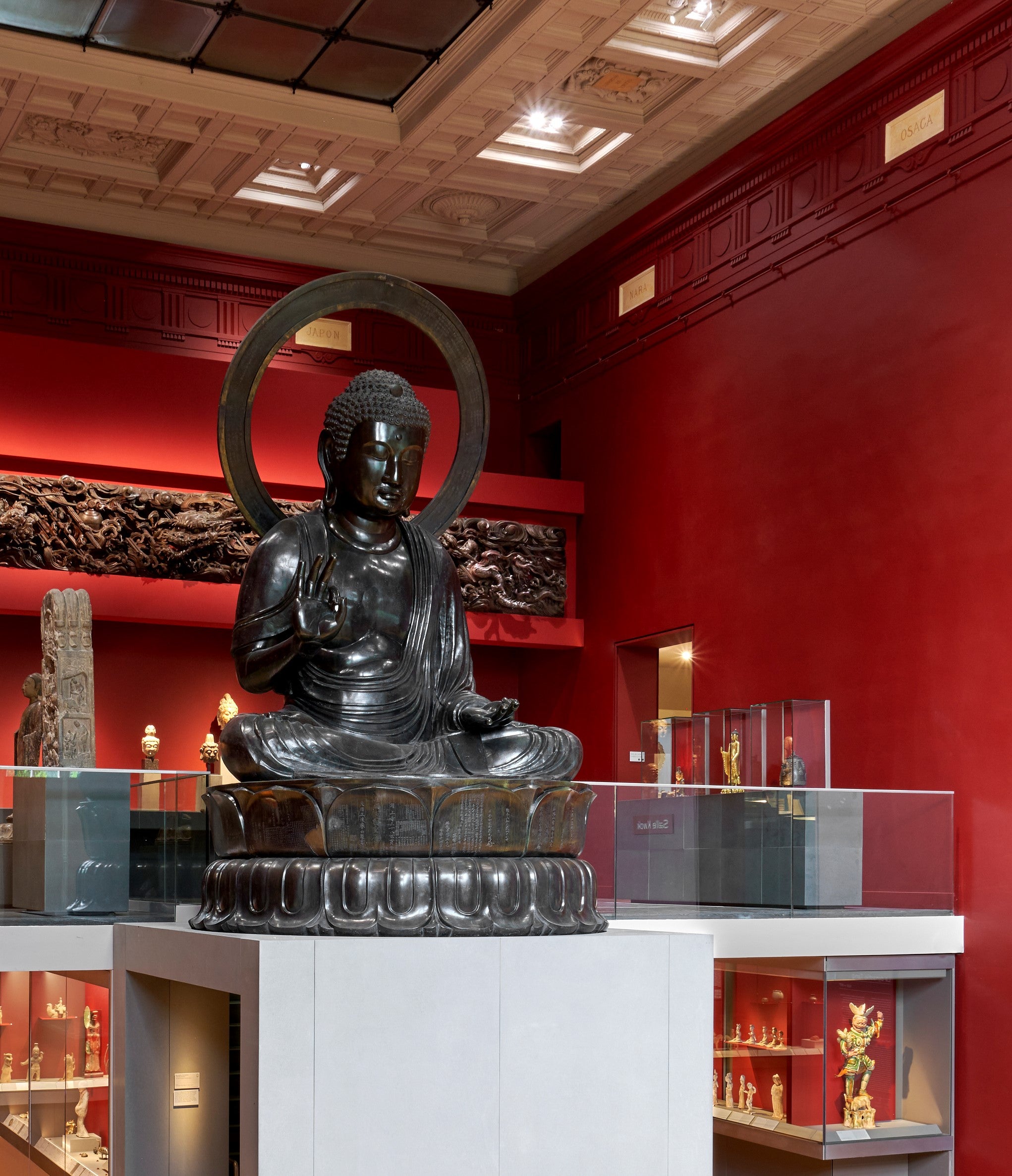The Centre Pompidou, Europe’s largest contemporary and modern art collection, is as fundamental to Paris sightseeing landmarks as the Louvre, Musée d’Orsay or even the Eiffel Tower. The building itself is part of the attraction; often compared to an oil refinery or a container ship, it shocked the public when it opened in 1977.
I’ve always thought it looks more like a hamster cage, with thousands of daily visitors scuttling up the tube-like escalators on the outside of the museum to get one of the best views of Paris’s rooftops from the third floor.
From September, the Pompidou will be closing its doors for five years of renovations, leaving a gaping hole in many Paris getaways. The permanent collections have already closed, so those wishing to see Andy Warhol’s Ten Lizes in the flesh will need to wait until 2030.

Read more: The best hotels in Paris
If you’re quick, you can still make it to the temporary exhibitions. ‘Paris Noir’, the city through the lens of the immigration which shaped it during the 20th century, is on until 30 June, and the works of Suzanne Valadon (an artist active in the late 19th and early 20th centuries who frequently painted portraits of Montmartre cabaret dancers) is showing until 26 May.
The final exhibition before closure will focus on contemporary photographer Wolfgang Tillmans (13 June–22 September). Originally known for portraits and gay scenes, his more recent works include astrophotography, abstract work and landscapes. Buy tickets in advance – the partial closure hasn’t made the Pompidou any less popular.
The temporary closure of an old favourite presents a new opportunity to discover Paris, and its often-overlooked smaller museums and galleries, outside the box – and there are more than 130 museums in the city, many eccentric and obscure. Cast your mind back to the hobbies of lost acquaintances from school and you’ll probably find there’s a museum dedicated to them. Stamp collecting? Check. Coin collecting? Check. Personally I had a morbid fascination with diseases – there’s a museum that panders to my hobby.
Fortunately, there’s no museum dedicated to nose picking (yet). Here are six weird and wonderful museums to fill the Pompidou’s hamster cage-shaped hole.
The Funfair Museum (Musée des Arts Forains)

A jump through time into the funfairs of early 20th-century Paris, this museum has you half expecting to see cartoon penguins break into dance and Dick Van Dyke on a carousel horse, like in Mary Poppins. Situated inside an old wine cellar, it’s full of vintage merry-go-rounds, fairground games and puppet shows, and visitors can even have a go on the old rides. Guided visits are in French, but the guides generally make an effort to translate key parts into English.
Opening Wednesdays, weekends and school holidays by prior reservation, no ticket office on site; arts-forains.com
Read more: 14 of the best things to do in Paris
The Sewers Museum (Musée des Égouts)
.jpg)
Going down into the sewers of a capital city sounds pretty gross, but channel your inner Ratatouille and find there’s something eerily beautiful about Paris’s waste evacuation system. Take a guided tour to learn about the different animals that lived in Paris’s sewers, many much less native to the city than rats, and the often unfortunate people that worked here. The stories are at once sordid and inspiring, from how an underground network of more than 1,600 miles was created, to the disease-ridden Paris of the 17th–19th centuries.
Opening Tuesday–Sunday; musee-egouts.paris.fr
Read more: Where to drink in Paris
The Wine Museum (M. Musée du Vin)

First a 14th-century limestone quarry, next the cellars of a Franciscan Monastery during the 15th century, wine was produced and stored on the site of the modern-day Wine Museum as early as 600 years ago. Inside the vaults are exhibitions and models tracing the history of French winemaking and notable figures in viticulture, and for €4 extra, a glass of the “wine of the month” is included with your ticket. Book the “afterwork” package on Friday evenings for a drinks and food package, and a DJ set in the vaults.
Open Tuesday–Saturday; lemparis.com
Read more: Why a river cruise is the best way to get a true taste of Bordeaux
The European Photography Museum (Maison Européenne de la Photographie)

With multiple temporary exhibitions that change most months, there’s always something new to discover at the MEP. The permanent collection has photos from around the world – from the 1950s to the present day – from some of the world’s best-known photographers, such as Irving Penn and Robert Frank. It scratches the itch of the Pompidou’s now-closed photography gallery.
Open Wednesday–Sunday; mep-fr.org
Read more: The six Paris districts you should know, from classically French cobbled streets to edgy underground clubs
Musée Cernuschi

The 19th-century Italian banker and collectionist Henri Cernuschi spent two years travelling around Asia, collecting art, objects and curiosities now displayed in his mansion (the building is beautiful and worth a visit in its own right). There are almost 15,000 works, spanning some 5,000 years of history, with the largest collection being ancient Chinese art. The permanent collection is free, temporary exhibitions are chargeable.
Open Tuesday–Sunday; cernuschi.paris.fr
The Plaster Cast Museum (Musée des Moulages)
Morbidly fascinating, the Musée des Moulages – which is situated inside a hospital – has almost 5,000 plaster casts of different diseases, afflictions and injuries which were used to teach medical students in the absence of something more sophisticated. Created between 1867and 1958, the plaster casts detail the effects of everything from leprosy to syphilis in graphic detail. Through a modern lens, it looks like the dressing room on a film set – Game of Thrones’ Hall of Faces perhaps. Hôpital Saint-Louis is still a working hospital; the museum and library is in a separate wing.
Open Monday–Friday by prior reservation only; hopital-saintlouis.aphp.fr
Read more: Where to eat in Paris in 2025


